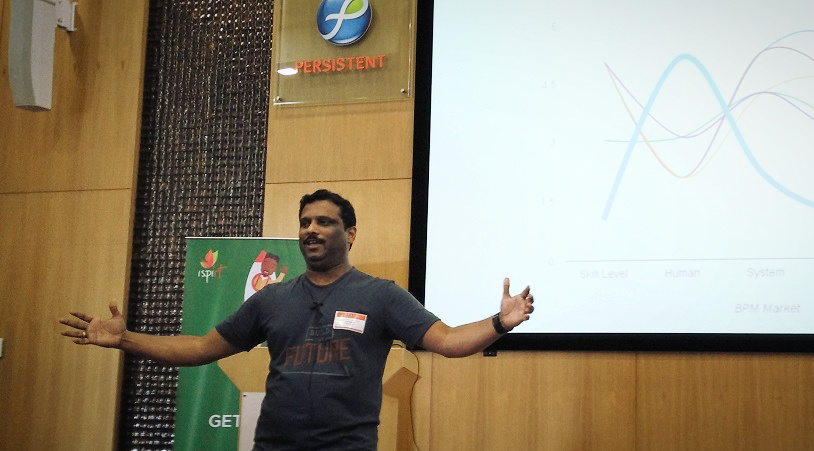The SaaSx conference took place in Chennai on March 17th. Most top companies from the Indian SaaS space were part of the conference. I had made some notes for myself which I think might be useful for other startups as well. Many of these thoughts are not my own and may not express my views.
On marketing

– Tailor your marketing material based on your audience. For example, if you are targeting product managers, then using a term like “White-labelled Mobile Apps” is too technical. You can use something like “Tailored Mobile Apps”.
– Trust is everything
— Showing trust is extremely important. Use testimonials (with name, company name, designation, domain) to build trust.
— Having a local number increases trust among companies. Everyone prefers a company which is present locally. It’s fine if it redirects to your local number to begin with.
— Adding names & photos of your real support team helps build credibility.
– Use a keyword planner to see what kind of traffic your website is attracting. If the keywords are incorrect, then you need to tweak your copy as the traffic you are receiving is not relevant (read: will not convert).
– On your landing page, you can have three kinds of copy: Emotional, Functional, Technical. Established brands like Coca Cola can use an emotional copy like “Taste The Feeling”. For everyone else, a functional copy (i.e. talking about the benefits) along with a little technical information is the way to go. An example would be “Enable your users to collaborate with each other” or “Increase your user engagement” would be the functional copy and “Add voice, video and text chat to your site/app” or “Add chat using our simple APIs” would be the technical copy.
– If you want to target a country like USA, then your UI/UX must be absolutely perfect. If you are unable to achieve that, then targeting a country like India is easier, where UI/UX is not priority.
— For example, in a signup form, you cannot have “Create your account” as the title of the form and “Create my account” as the signup button. When a company is spending hundreds of dollars on your product, they look consistency.
– In order to be effective for enterprise sales, your complete pricing should not be available on your website. In other words, you need to have a logical separation. For example, you can have a plan which says “Enterprise” and add a “Contact Us For Pricing”. The features of this “Enterprise” plan can be those which are infrequently asked for by SMBs.
– Look at avenues like trade shows and sponsoring events. They may not provide direct leads but help in building brand value.
– Focus on a single country instead of multiple countries. You may continue to receive sales from different countries but your marketing (copy, ads, campaigns etc.) should ideally target a single country in order to be effective.
– Using media friendly terms in copy is essential. For example, Salesforce did a press release saying they launched “Lightening UI” instead of “New UI”.
– If your marketing is designed for product managers, then your on-boarding should be for product managers as well. For example, you cannot ask for API keys during signup to a product manager. Instead you can show a “Send this information to your developer” link so that a dev can input any additional information required.
On product

– How many of us are riding a wave? Are you in a good or hard market? Tweak your product to ride the wave. It’s easier. For example, if AI/NLP is in, tweak your product so that it is in line with the latest trends.
– B2B categories are very difficult to establish. Marketing automation and communication & collaboration are a new wave in B2B. Creating a new category altogether is extremely tough. It’s easier to target an existing budget.
– Even breadcrumbs are worth millions in certain categories. For example, if you build a product similar to Salesforce, then the market is big enough such that the customers that don’t end up using Salesforce will still be significant.
– The customer should be asking why they should buy your specific product versus why buy any product at all. For example, they should ask why buy a Panasonic washing machine versus why buy a washing machine. Educating customer about a whole new category is hard. It’s easier to just compete at a “mine vs yours” level.
– Customers only care for features (including price) while media cares for difference. If you have a similar product to the competitor, you can easily sell it as long as you have a better price. Media cares only if your product is different from your competitors.
– To decide what feature to add next, think if the feature will bring 2X the amount of sales. Adding customer requests is also important as you do not want to disregard your existing audience’s requests. However, do not let customers drive the road map; it is important that you stay true to your vision.
On sales

– If you plan to build an Indian sales team, it is advisable to make sure that your marketing does all the heavy lifting. Consultative selling over the phone from India is very tough. The sales team should effectively assist and not consult.
– It is easier to have local partners for non-English speaking countries. If you plan to sell to non-English speaking countries, your website/product should also be multi-lingual.
– For enterprise sales, it is better to have a separate deals team.
– A pre-sales team can be used for giving demos and technical information.
– A separate reseller team can be built if required.
– Building a customer happiness team is essential. If you are not invested in your customer’s success, you will not grow, if they do not grow.
On hiring

– Hire people who look up to their role. Do not hire people who think of it as a favour to join. Invest in freshers if you cannot afford great talent.
– For sales, it is better to hire engineers. Many fresh engineering graduates are not interested in programming and would prefer an allied job. But that gives them enough technical knowledge so it’s easy for them to handle technical products.
– For customer support, it’s easy to hire from BPOs. Most do not like BPOs due to timings and they already have the required training and empathy to speak to customers.
– If you hire a great designer to build landing pages, he will leave. You need to give employees the work they deserve. If you cannot keep them interested, they will not stay for long.
– Each team member should have a “key to respect”. In other words, every member must have a reason why his peers should respect him.
– Scale your engineering team before your scale your sales team. Otherwise, your engineering team will not be able to handle the load.
On doing business (and everything else)

– It’s very important to have a closed feedback loop between sales, marketing & product. The product team should have the capability to say no to sales & marketing (e.g. for adding X feature for a client).
– The focus of marketing should be to increase leads, the focus of sales should be to increase sales.
– If a feature request fits the overall roadmap of the product, only then undertake it. Avoid any customization which do not help the product grow. In the short term these deals may be tempting, but in the long run, they will have a negative factor on the growth of your product. You may lose business because of this, but that’s part of building a product company.
– Prioritization is a key role of product manager. He is bombarded by customer requests, investor requests etc. He needs to be able to take a call as to what fits in the product and what doesn’t.
– Celebrate each and every team. For example, your design team cannot celebrate sales/revenue. You should find something that they can celebrate, say UI. Celebrate craftsmanship in every department.
– Managers have a responsibility to understand business goals and then encourage activities which are aligned with the business goals.
– Squads give you agility and tribes give you wisdom. Squad works on a single goal. Tribe consists of members who have specialised knowledge. For example, QA, design & SEM are tribes. Putting a design team member in a development team is of no value. He should be together with other designers. A squad can move fast. A tribe is a shared resource. If product knowledge is not so important, then the member should be part of tribe. But dedicated people should be part of a tribe if the product is big. Tribe has no priority w.r.t. products. As much as possible put people in squads. Tribal members in squad can go for weekly knowledge sharing sessions.
– It’s important to focus on the problem. People in your organization will constantly have issues (with each other). It’s important that you solve the problem instead of taking sides.
On the Indian landscape

– Check out the Indian SaaS survey by iSpirt to see how your business is doing in comparison to others.
– There are approximately 750 SaaS startups in India.
– It typically takes 2–4 years for $1 million in ARR
On tools being used

– Full Contact
– Enterpriseready.io
– Prospect.io
– Hunter.io
– 99tests
– Nerdydata
Guest Post by Anant Garg, CometChat


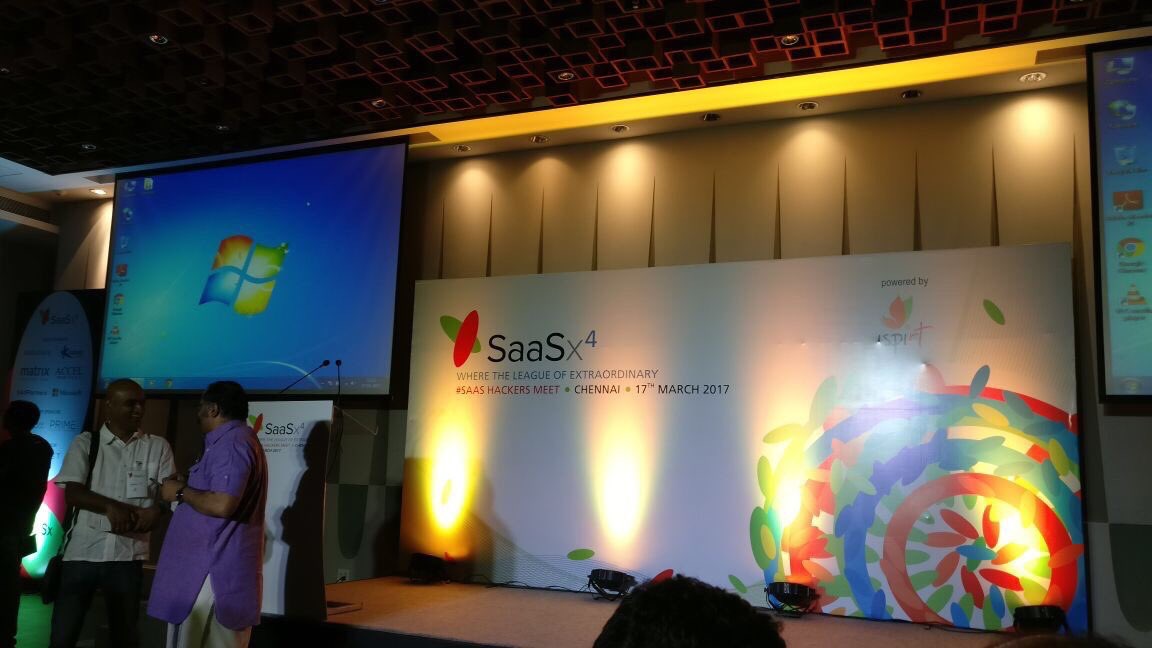


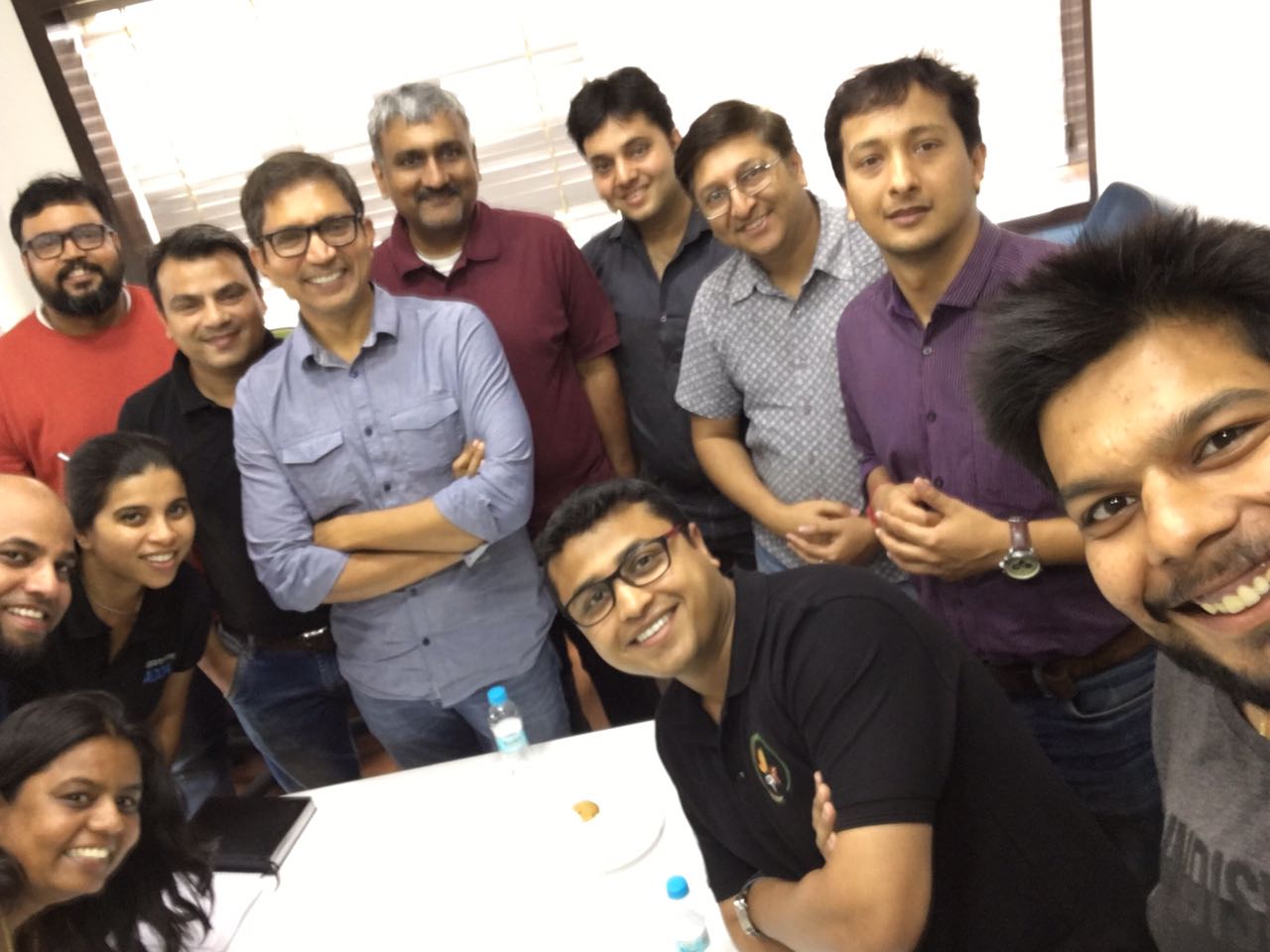
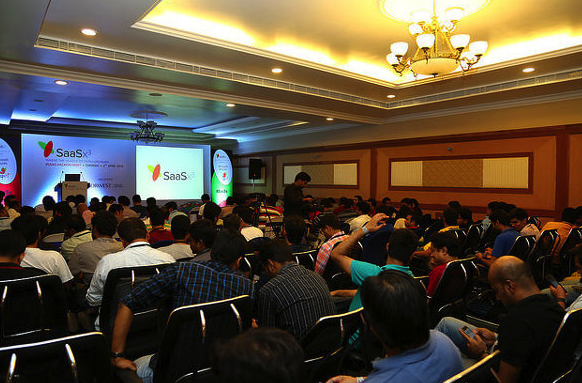

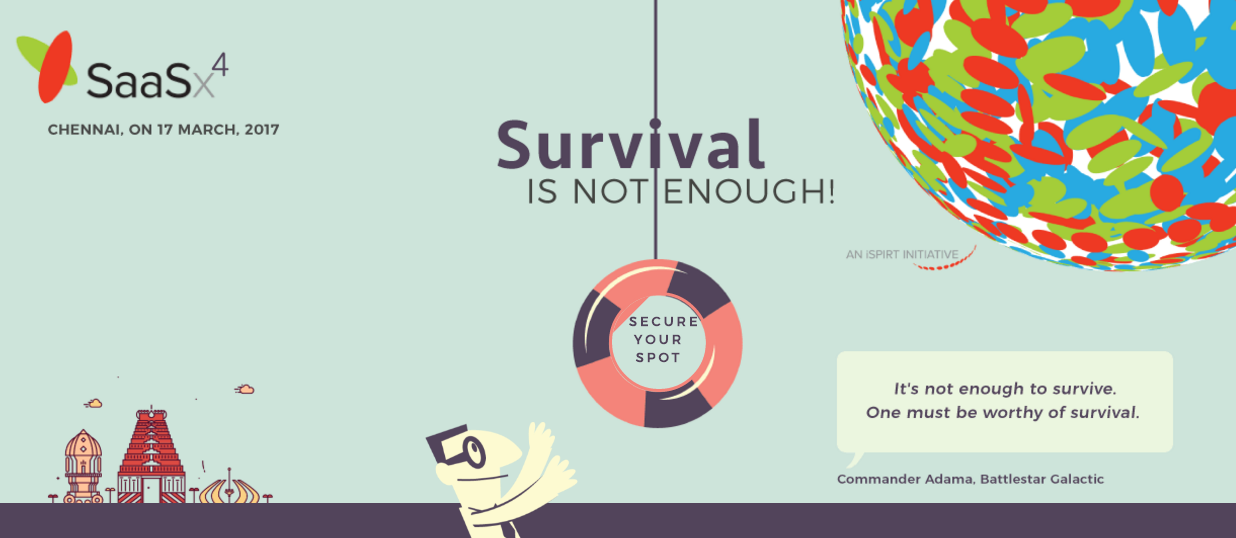
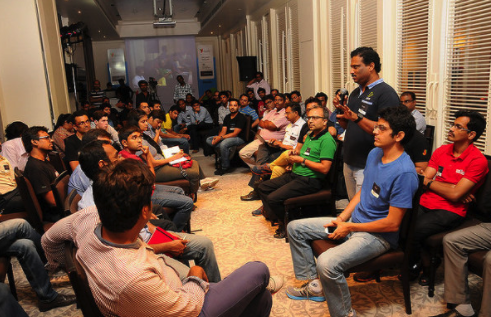
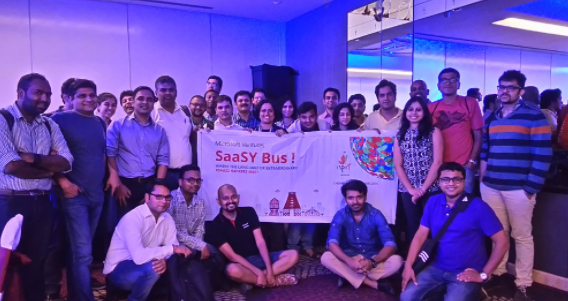
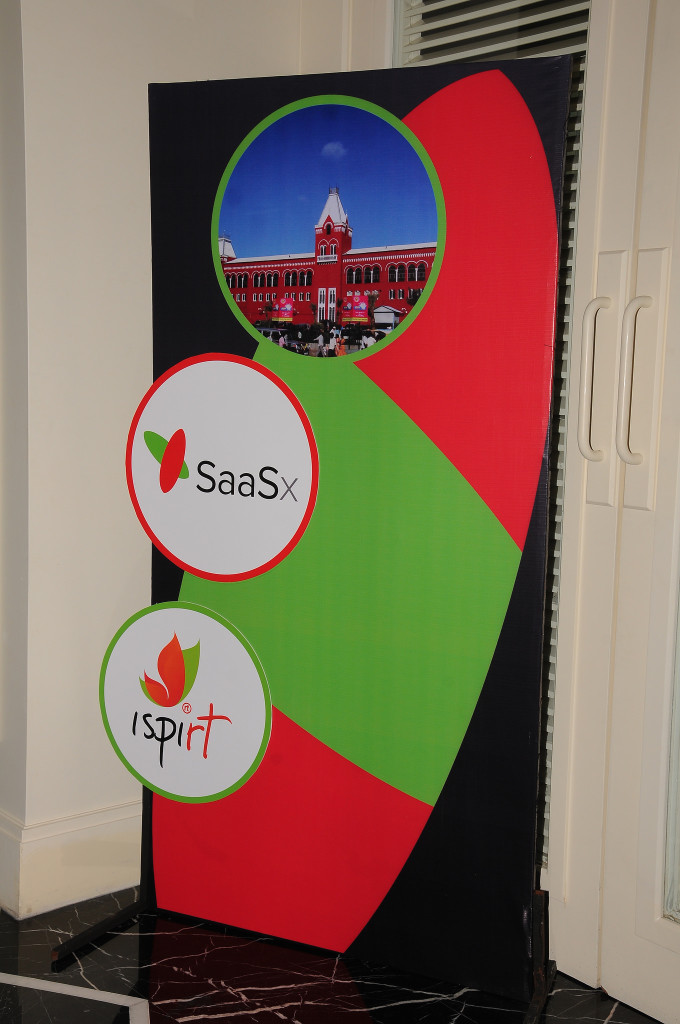
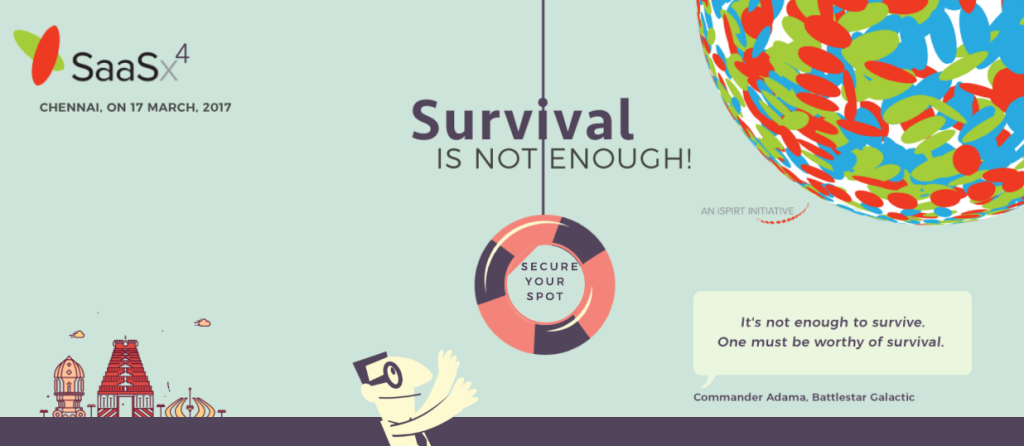
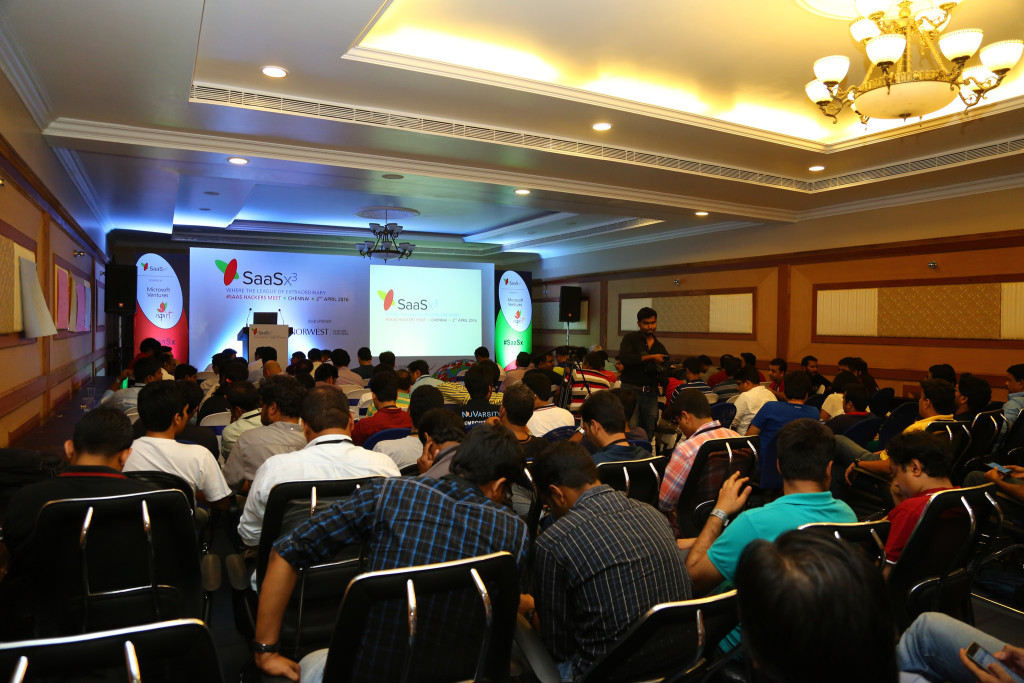
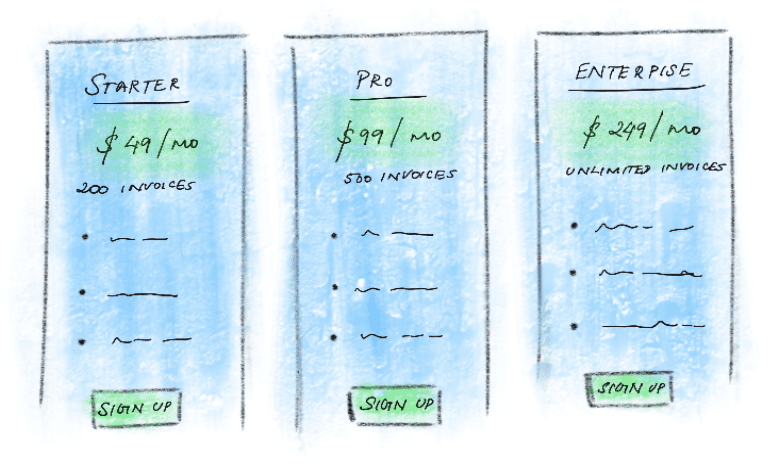
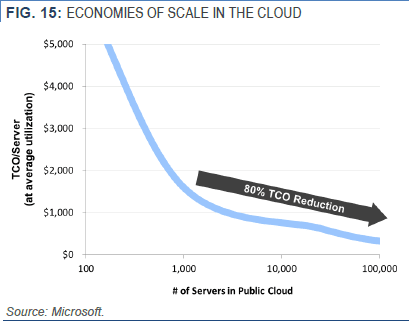
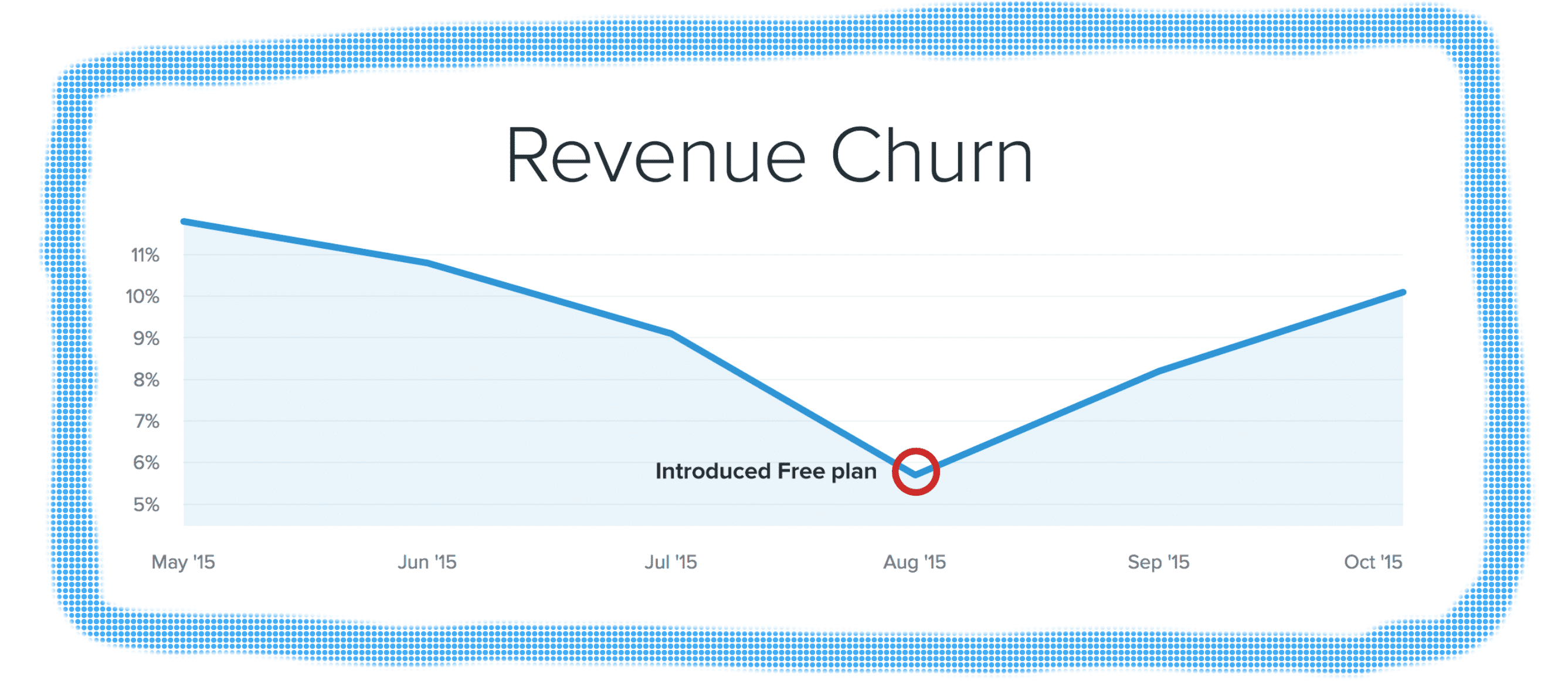
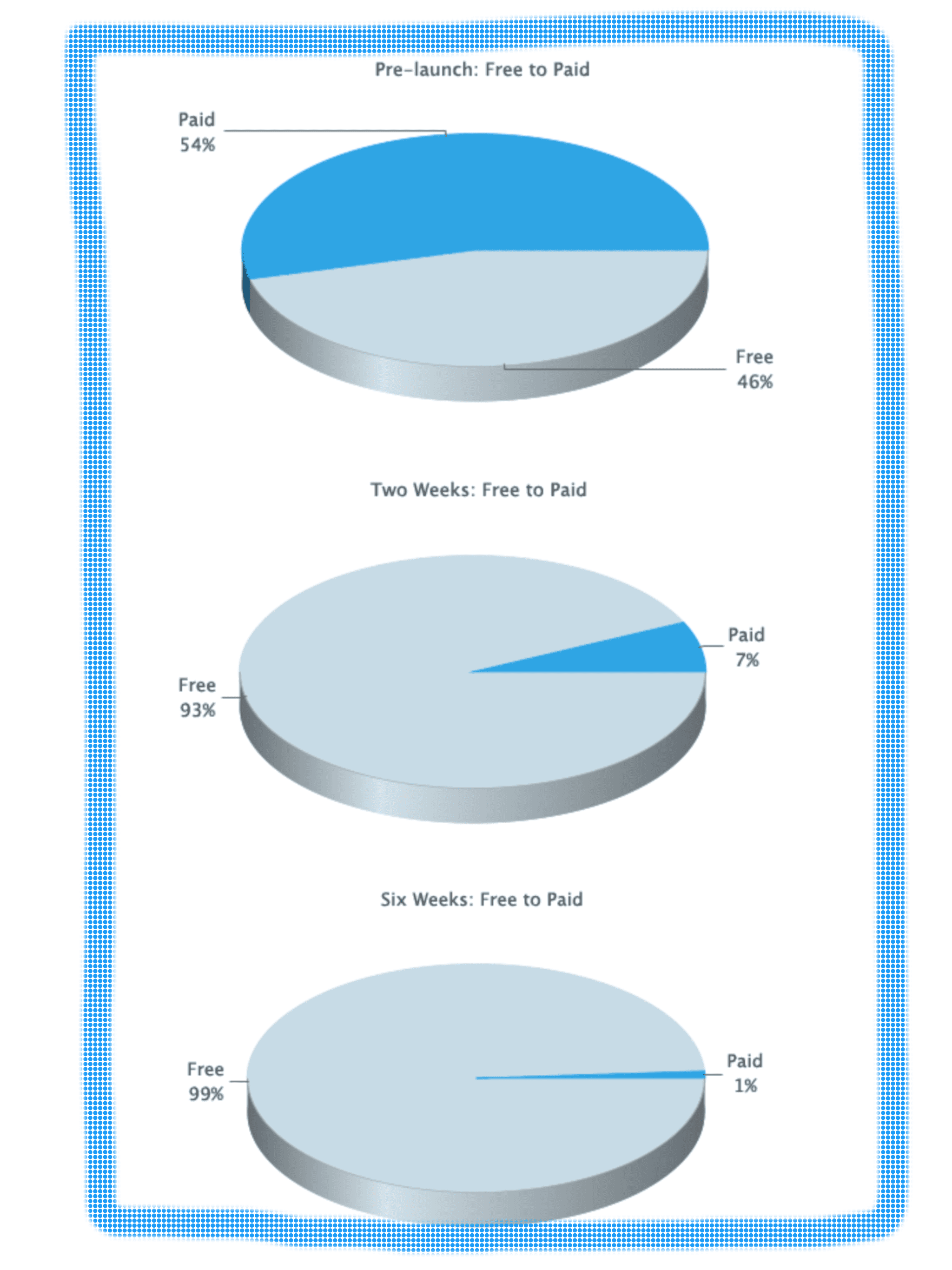
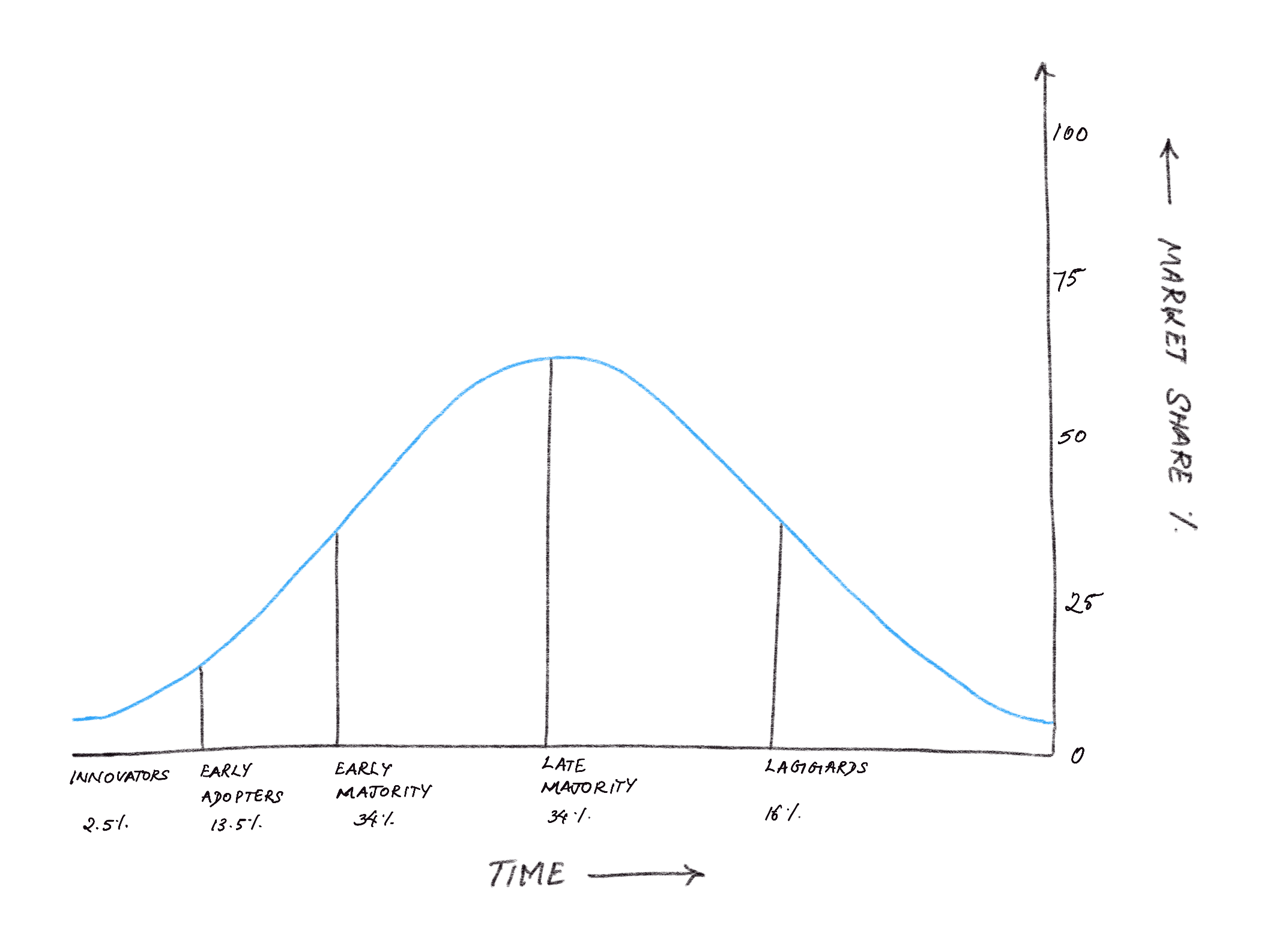
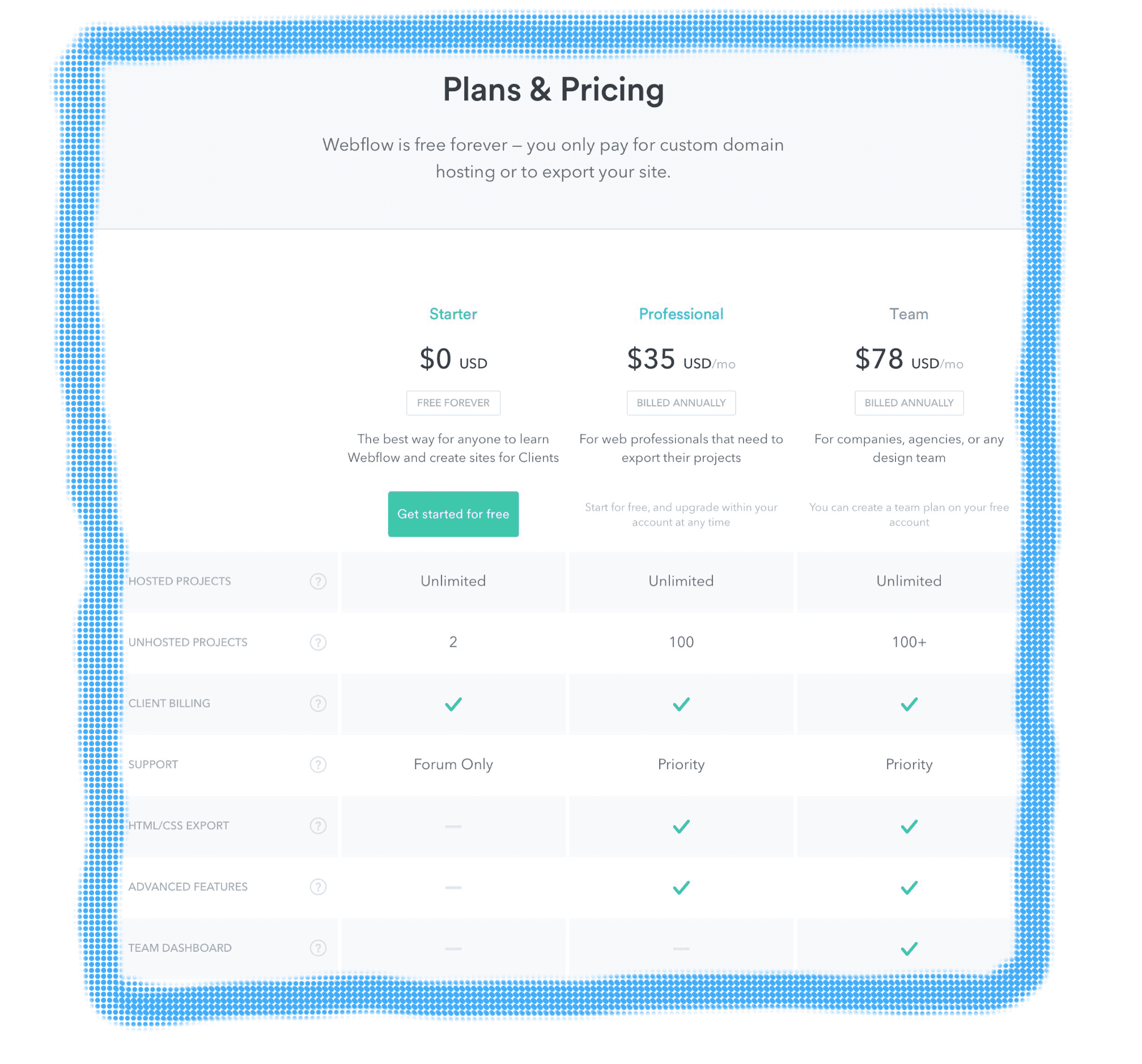
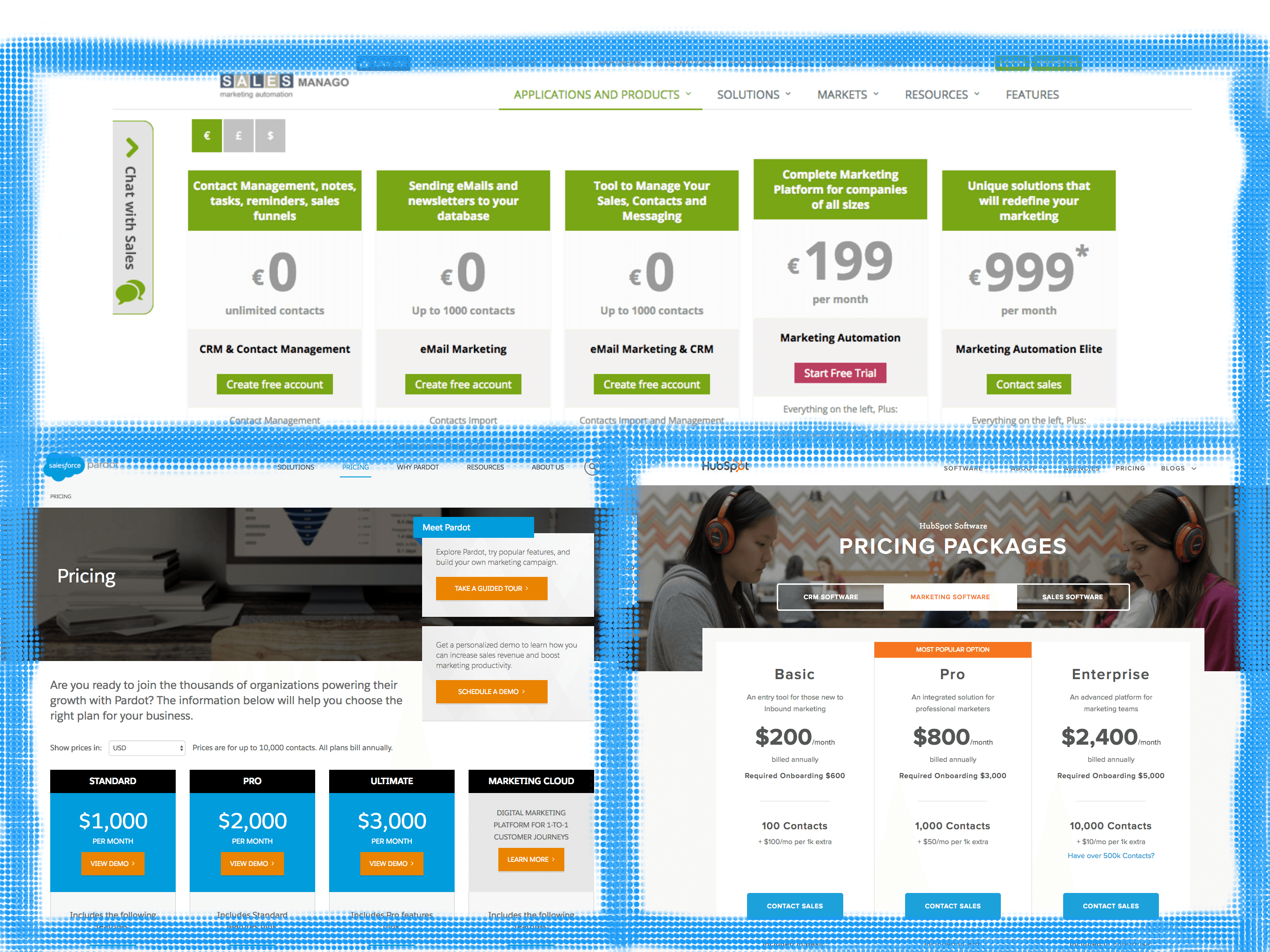
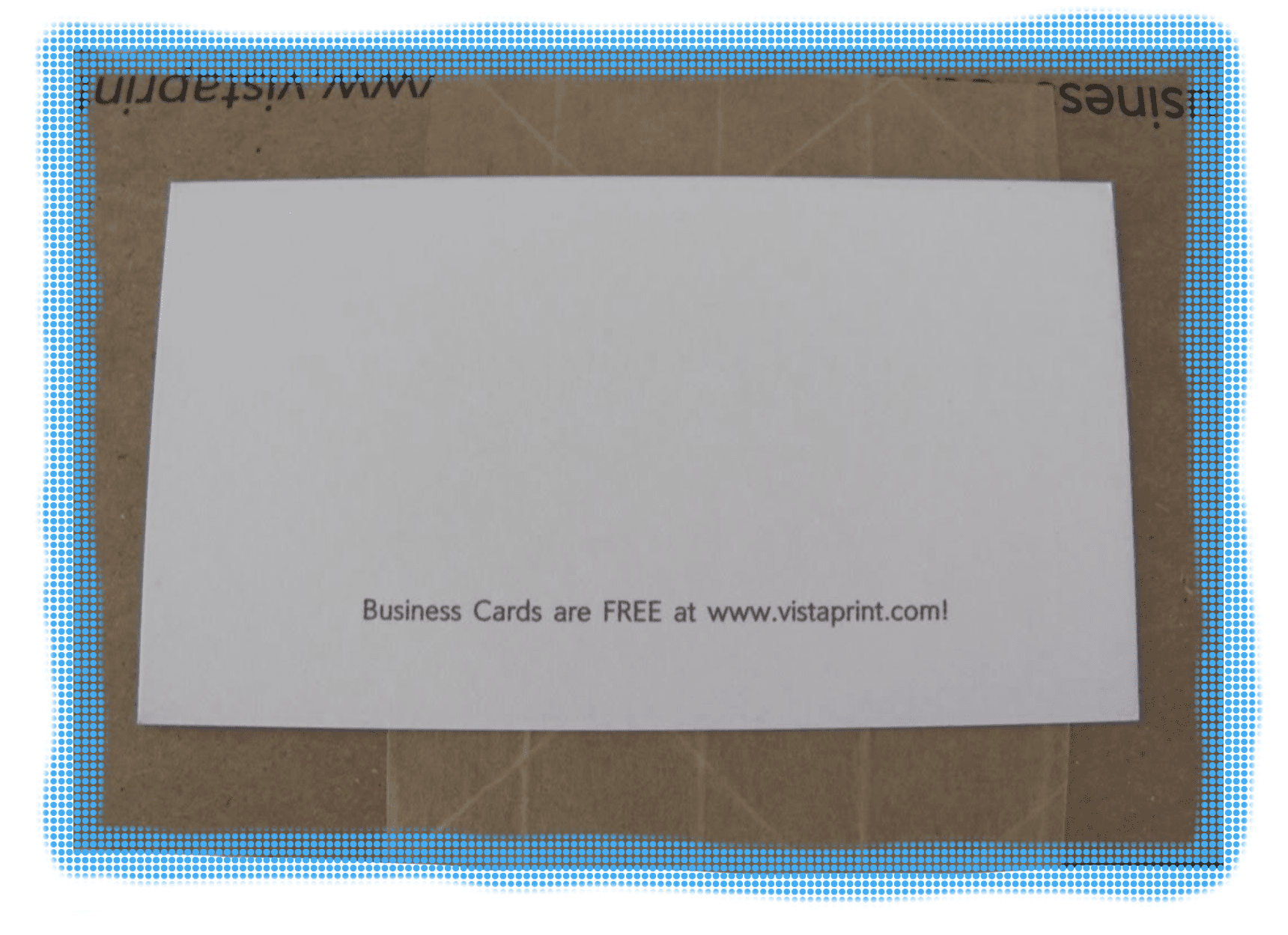


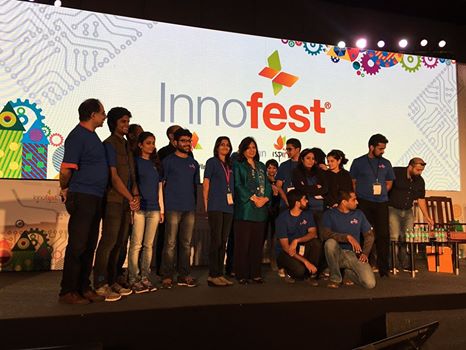
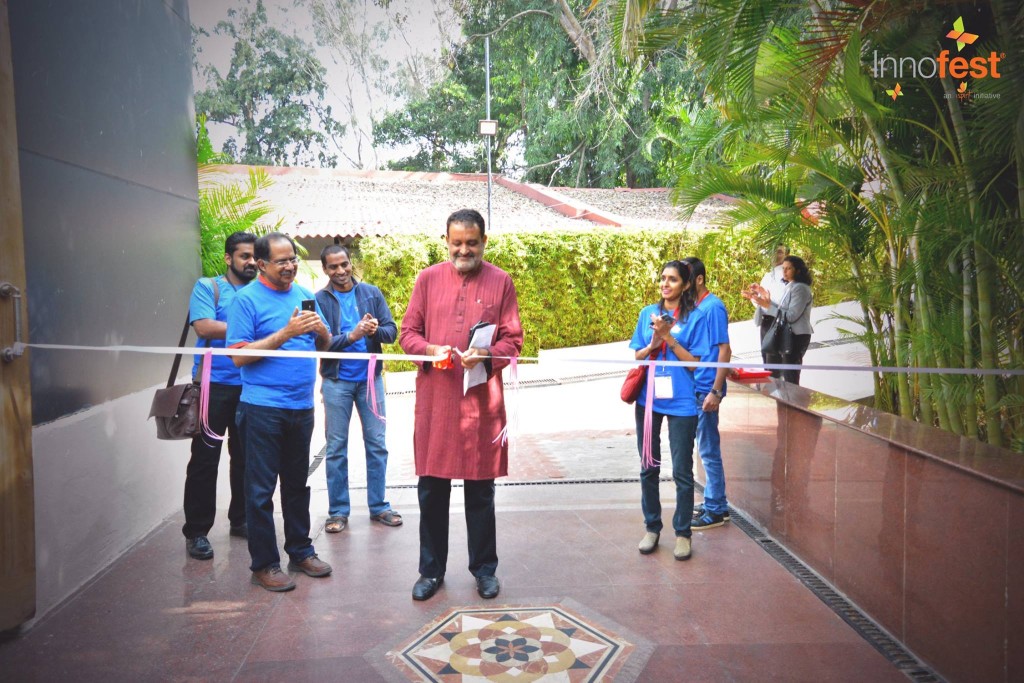
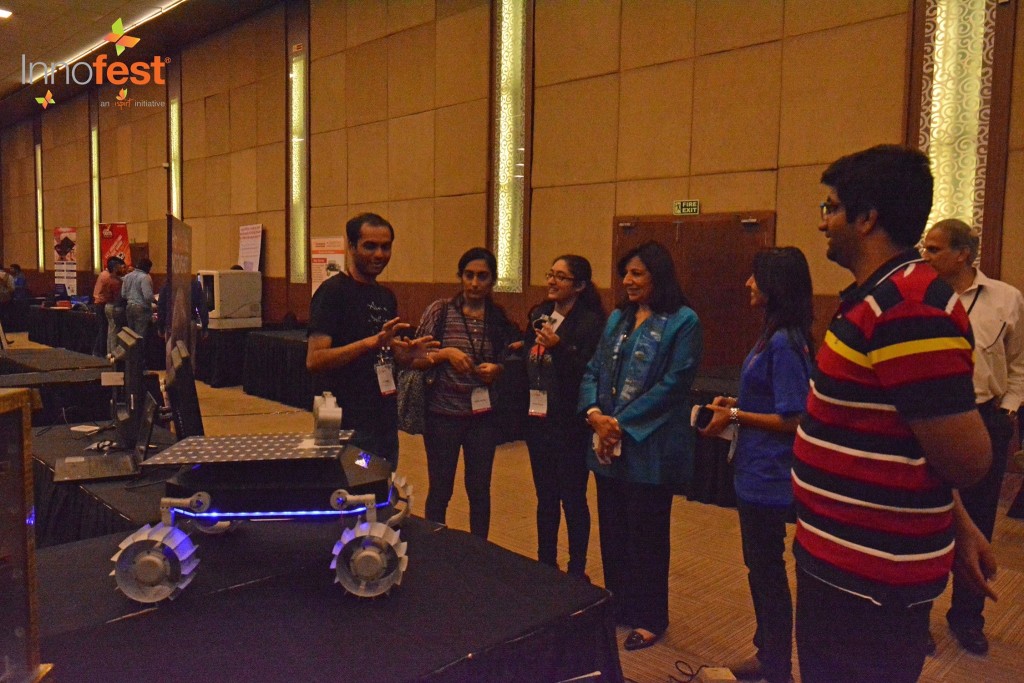
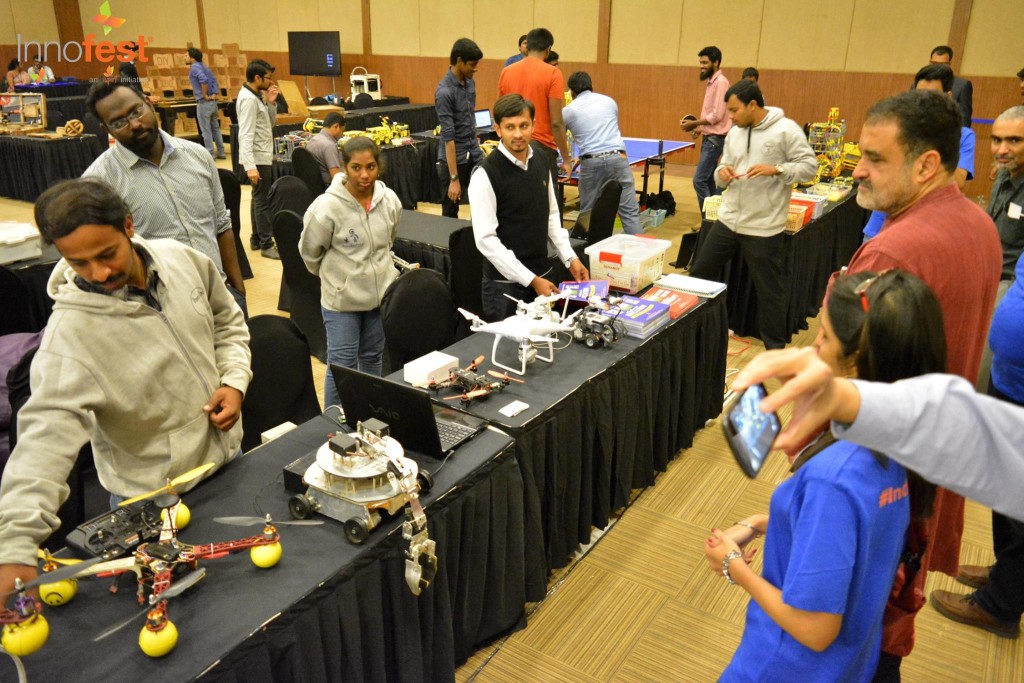
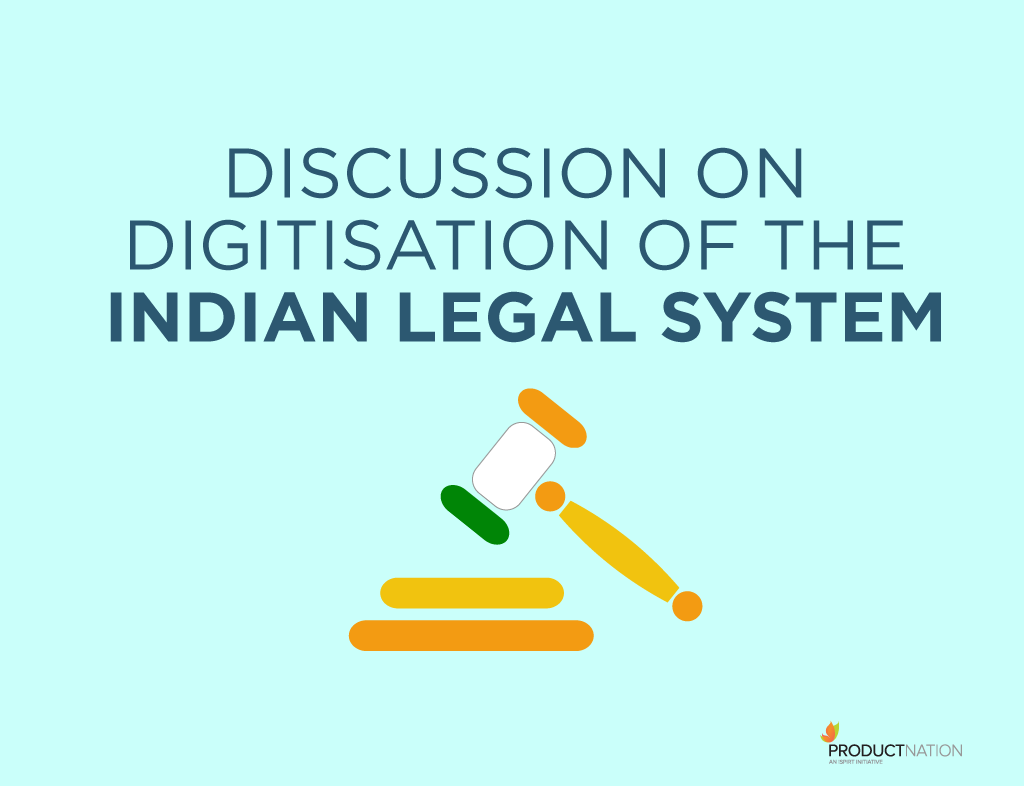
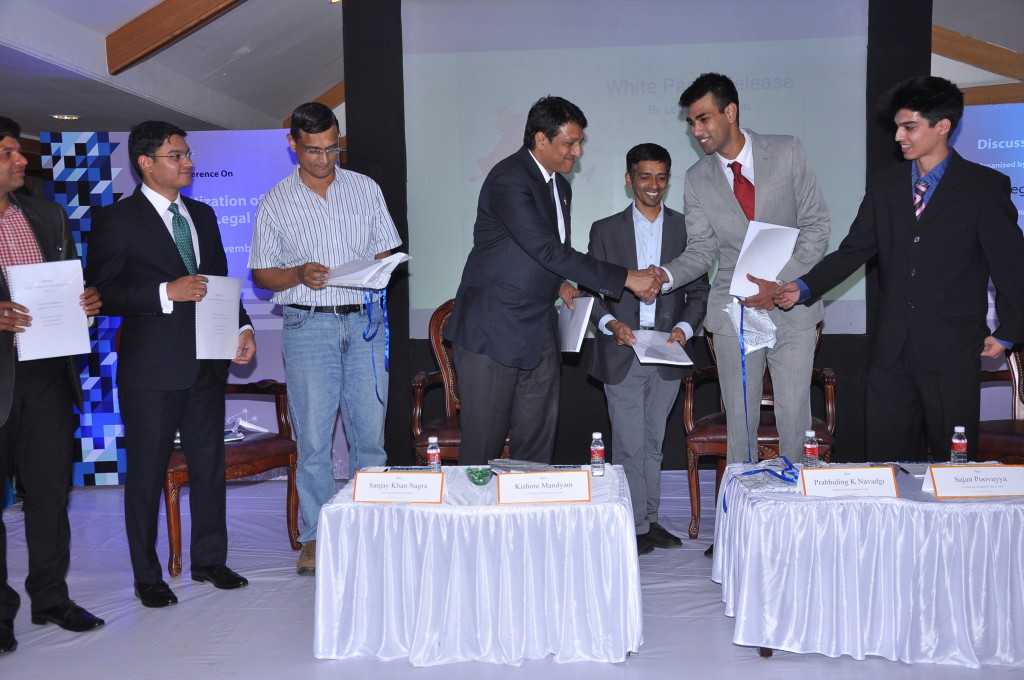
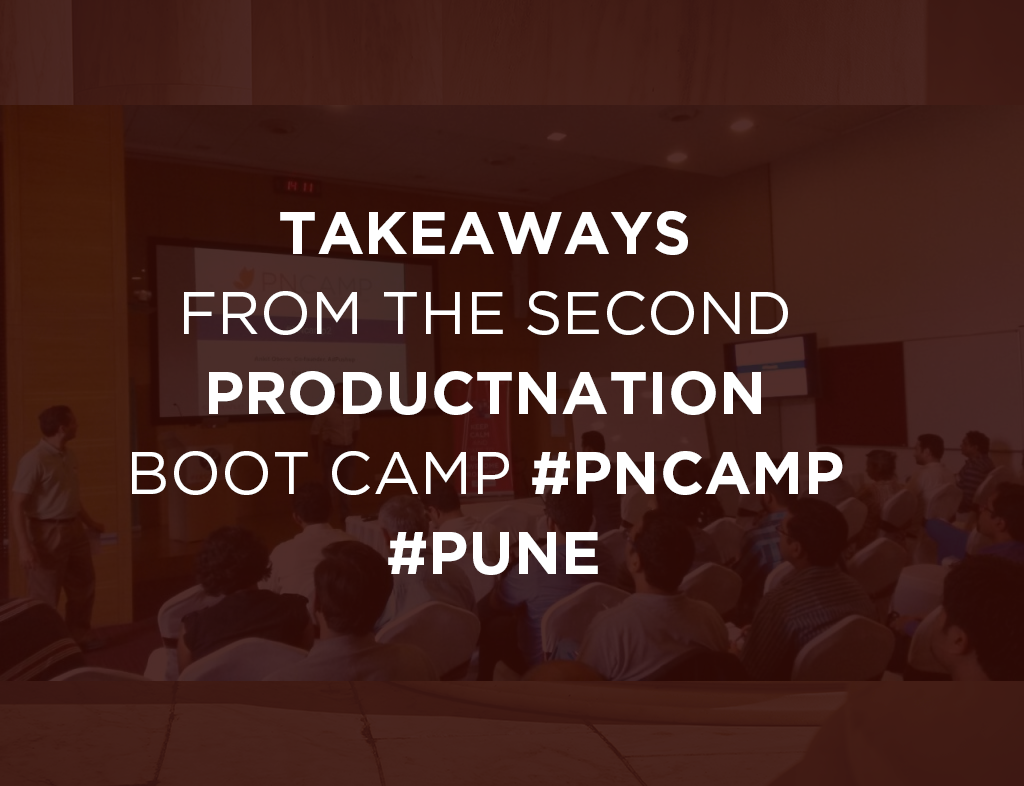
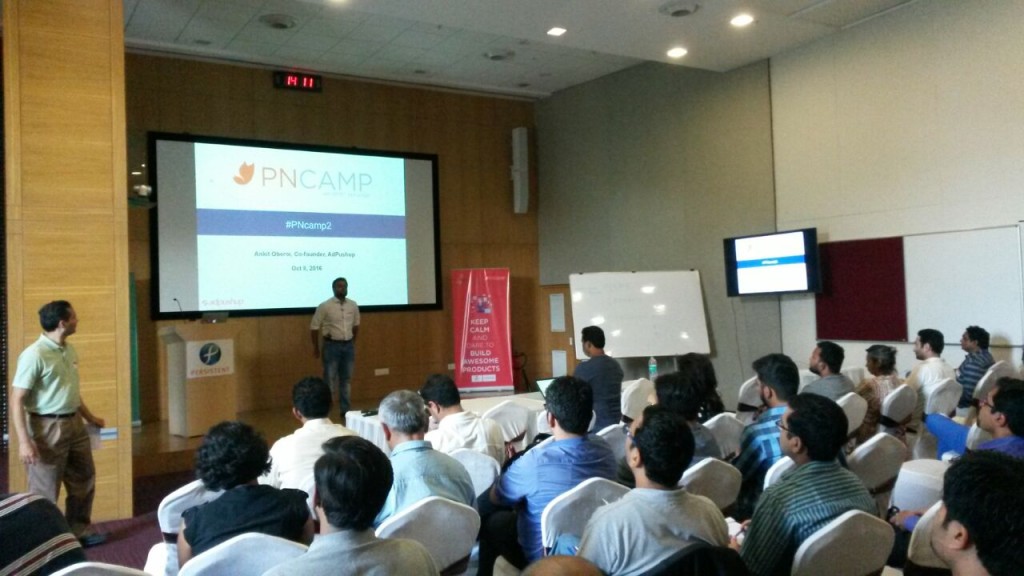 Confirmation Bias
Confirmation Bias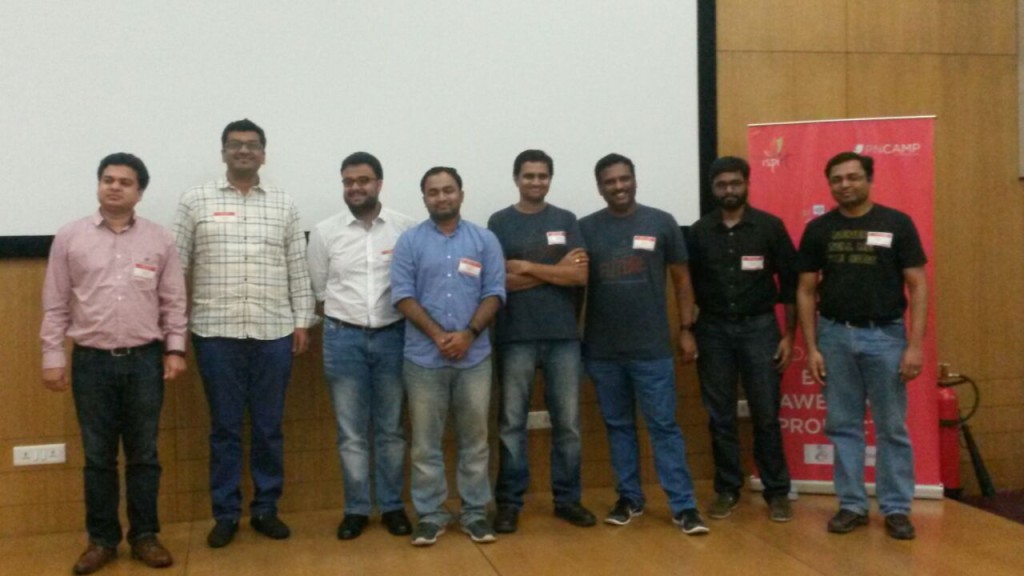 All in all, PNcamp is a MUST attend camp for any early stage product startup. It is a unique opportunity to catch the brains of experts and fellow participants through product feedbacks and interactions. What particularly stands out within the iSpirt community and in this even is the candidness of founders and their willingness to share details about their journey.
All in all, PNcamp is a MUST attend camp for any early stage product startup. It is a unique opportunity to catch the brains of experts and fellow participants through product feedbacks and interactions. What particularly stands out within the iSpirt community and in this even is the candidness of founders and their willingness to share details about their journey.